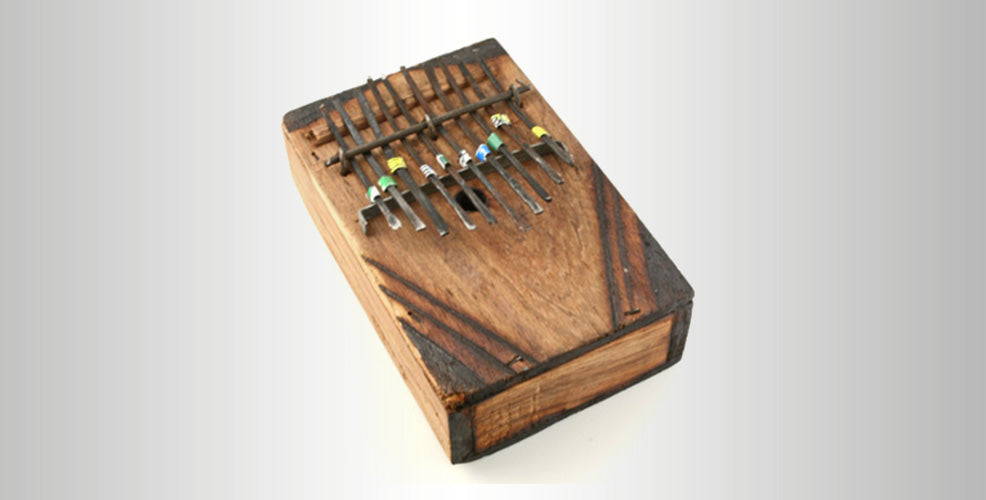
A Brief History of the Kalimba Thumb Piano
February 13, 2017
The kalimba- an African percussion instrument- goes by a number of names: the mbira, karimba, sanza, and finger piano, to name a few. Each cultural group in Africa has their own name for the instrument and their own tuning and layout. The variations of the kalimba number near the thousands.
The kalimba is a part of the Lamellophone family, which includes instruments that contain a series of plates that can be depressed and then released for sound. It consists of a hollow resonator made from calabash gourds, metal tin, or wood. The instrument is played by plucking the tines and it has a unique, unmistakeable sound. Traditionally, they are played in a hollow item, such as a gourd, to heighten the tone.
The date and place of origin for this instrument varies; some have been dated by archeologists as early as 1000 BC.
Curated by Swahili African Modern, the kalimba pianos we carry are handmade by artisans in Kenya. Under a fair trade cooperative, the artisans make a sustainable wage in good working conditions. It is both our and Swahili African Modern’s hope to promote the work of these artisans so that their products may flourish on a global scale. These rustic mbiras are created with a hollow wooden box with burned designs and they have a western scale.

The kalimba is a beautiful gift for those who appreciate the history of African music and are a great way to introduce the culture to younger generations. They can be used for musical purposes or as a decorative item.
Listen to a traditional playing of this instrument here!


